- Home Page
- Company Profile
-
Our Products
- Hydraulic Pumps
- Hydraulic Solenoid Valves
- Conventional Valves
- Proportional Valves
- Safety Valves
- Mobile Control Valves
- Hydraulic Motor
- Cylinders and Servo Cylinders
- Hydraulic Filters
- Hoses and Fittings
- Gates Hydraulic Hose
- MP Filters Filters
- Dowty Gear Pumps
- Polyhydron Valves
- Manifold Blocks
- Walvoil
- Spica
- Hand Pumps
- ATOS Hydraulic Components
- Blog

Challenges with Selecting the Right Gates Hoses for Your Operations
Selecting the right Gates Hoses for your operations can often feel like navigating a labyrinth. With a multitude of options available, each designed for specific applications and performance requirements, the decision-making process can become overwhelming. The right hose can significantly influence the efficiency, safety, and overall productivity of your operations, while the wrong choice can lead to complications, downtime, and increased costs. This blog aims to delve into the key challenges faced when choosing Gates Hoses and provide insights to streamline the selection process.
Understanding these challenges is crucial for any business that relies on effective fluid transfer systems. Factors such as temperature variations, pressure ratings, chemical compatibility, and the working environment all play significant roles in determining which Gates Hoses will meet your operational needs. By breaking down these considerations and offering strategic tips, we hope to empower you to make informed decisions that enhance your operational reliability and efficiency. Ultimately, the goal is to simplify what can often be a daunting task and ensure that your operations run smoothly with the right hose solutions.
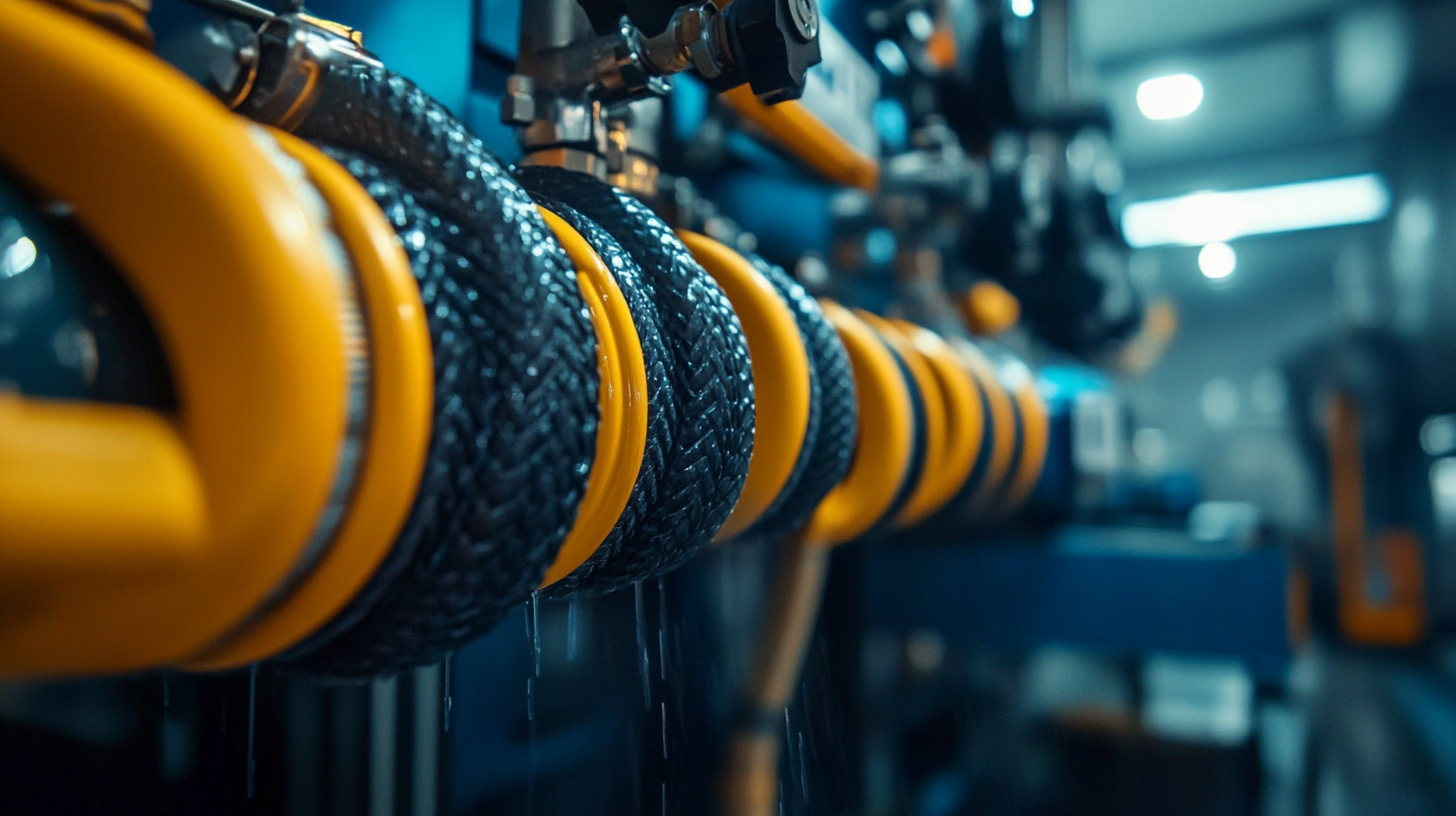
Identifying Operational Requirements for Gate Hoses
When selecting gate hoses for operational use, it is essential to identify the specific requirements of your operations. In industries like construction, mining, and agriculture, gate hoses serve critical roles in fluid transfer and material handling. According to a recent industry report from IBISWorld, the fluid conveyance market has seen a significant growth of approximately 5.5% annually over the past five years, driven by the increasing demand for reliable and efficient equipment. This growth underscores the necessity for businesses to choose hoses that meet both operational demands and industry standards. Operational requirements generally revolve around factors such as pressure ratings, temperature resistance, and compatibility with various fluids. For example, hoses used in hydraulic applications often require higher pressure ratings—typically 3000 psi or more, depending on the application. Moreover, materials such as rubber or thermoplastics must be selected based on their resistance to specific chemicals and temperature fluctuations. A study published by the American Society for Materials (ASM) indicates that improper material selection can lead to premature hose failure, which can result in costly downtime and safety hazards. Additionally, the length and diameter of gate hoses are crucial considerations. A recent survey conducted by the Hose Manufacturers Association revealed that approximately 40% of hose failures are linked to improper sizing. This emphasizes the importance of accurately assessing the distance and flow rate required for efficient operations. By understanding these operational requirements and staying informed on industry trends, businesses can make better decisions regarding the selection of gate hoses that will enhance productivity and safety in their operations.
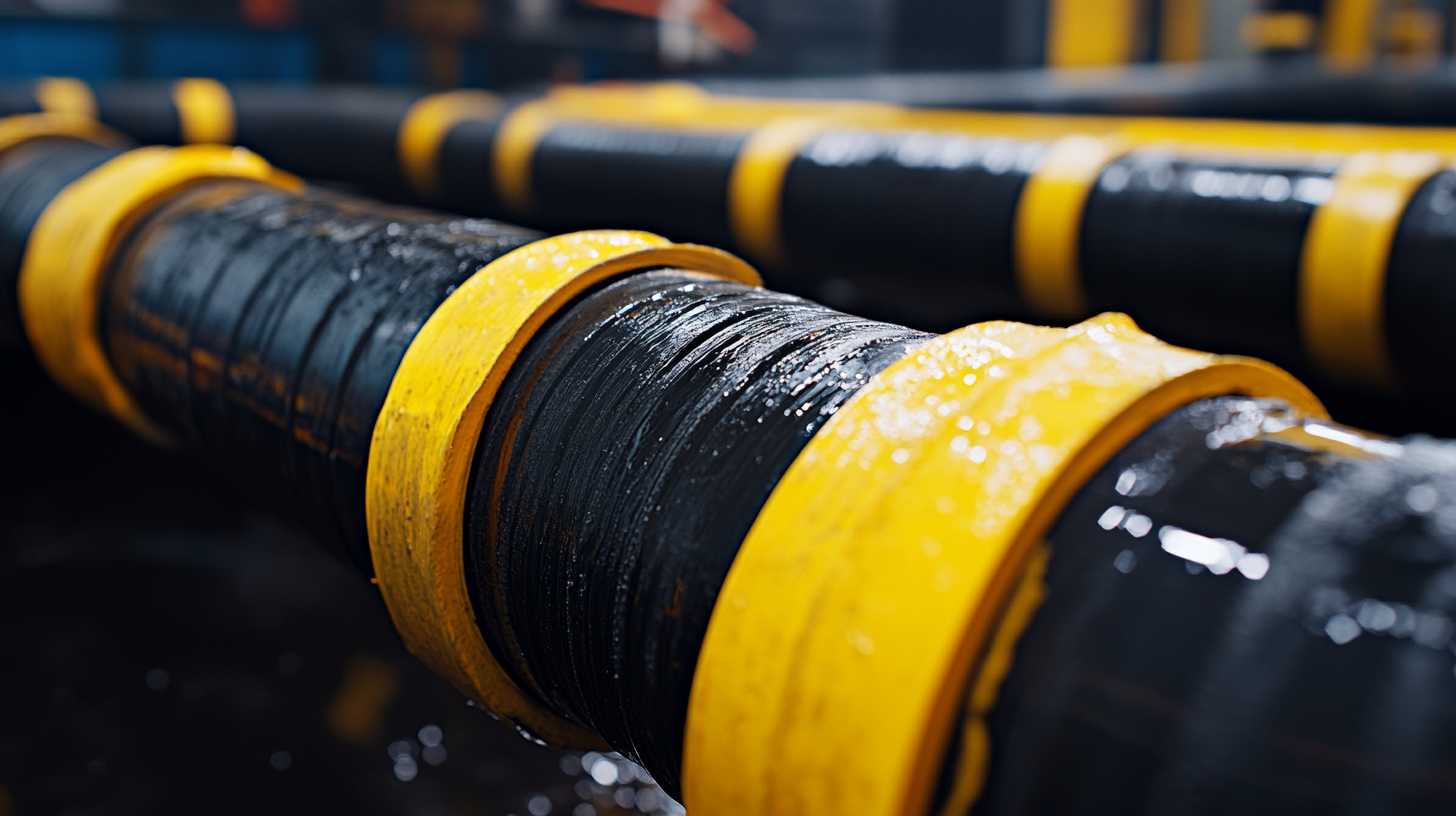
Understanding Different Types of Gates Hoses Available
Selecting the right Gates hoses for your operations can be a daunting task, especially when considering the various types available in today’s market. Each type of hose is designed to serve specific purposes, and understanding these distinctions is crucial for ensuring efficiency and safety in your operations. For instance, hydraulic hoses are typically used in high-pressure applications, providing vital fluid transfer in hydraulic systems. With the increasing complexity of modern machinery, choosing the right hydraulic hose is pivotal to preventing system failures. Recent reports suggest that up to 30% of hydraulic failures can be attributed to improper hose selection or installation.
In addition to hydraulic hoses, there are also modular coolant assemblies, which represent an evolution in automotive cooling systems. Unlike traditional radiator hoses, these assemblies are designed for enhanced performance and easier installation, potentially reducing maintenance costs by up to 20%. Such advancements demonstrate the importance of staying updated with industry trends and innovations, as they directly impact operational efficiency.
Furthermore, the reliability of hoses in critical applications highlights the need for appropriate testing and certification. Industry data shows that quality hoses can significantly improve safety and reduce downtime, with well-chosen components leading to a potential increase in productivity by as much as 15%. As businesses continue to bounce back from economic challenges, investing in the right hose solutions can create a more resilient operational framework, ensuring that processes run smoothly amidst unpredictable conditions.
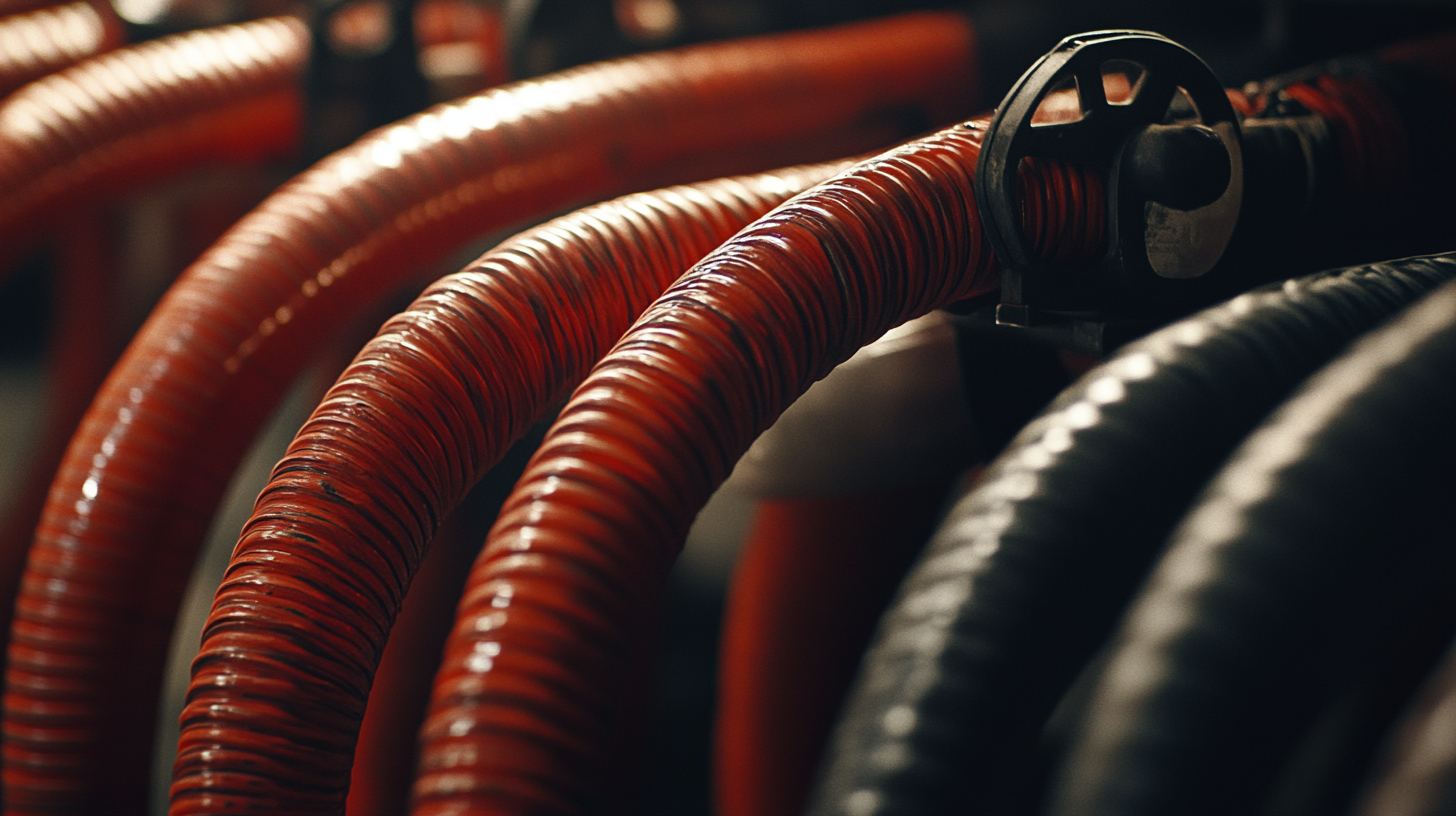
Key Factors Influencing the Durability and Performance of Hoses
Selecting the right gates hoses for various operations is a crucial decision that can significantly influence the overall performance and durability of your systems. Several key factors come into play when evaluating hoses, with material composition and operational environment leading the charge. The materials used in hose manufacturing, such as rubber, PVC, or thermoplastic, each have unique properties that determine their resistance to pressure, temperature fluctuations, and various types of media, whether it’s chemicals, water, or air. Understanding the specific demands of your operation will help in selecting a hose that can withstand these conditions without succumbing to wear or failure.
Another significant factor is the operational environment where the hoses will be used. This encompasses the temperature extremes, potential exposure to chemicals, and physical abrasion from nearby equipment or surfaces. For instance, hoses used in high-temperature environments require high-temperature resistant materials that won’t degrade. Additionally, if hoses will be exposed to harsh chemicals, compatibility with those substances becomes paramount to prevent contamination and ensure safe operations. Proper assessment of these environmental challenges is essential not only to maintain operational efficiency but also to protect the integrity of the entire system.
Furthermore, the hose size and configuration play a pivotal role in performance. Choosing the right diameter ensures optimal flow rates without causing pressure drops, while the length must be calculated to prevent unnecessary bends or stress on the hose. It’s also important to consider the fittings and connections, as these can be common points of failure if not properly matched. By carefully evaluating these factors, businesses can enhance the reliability and longevity of their operations, making informed decisions that ultimately lead to cost savings and increased safety.
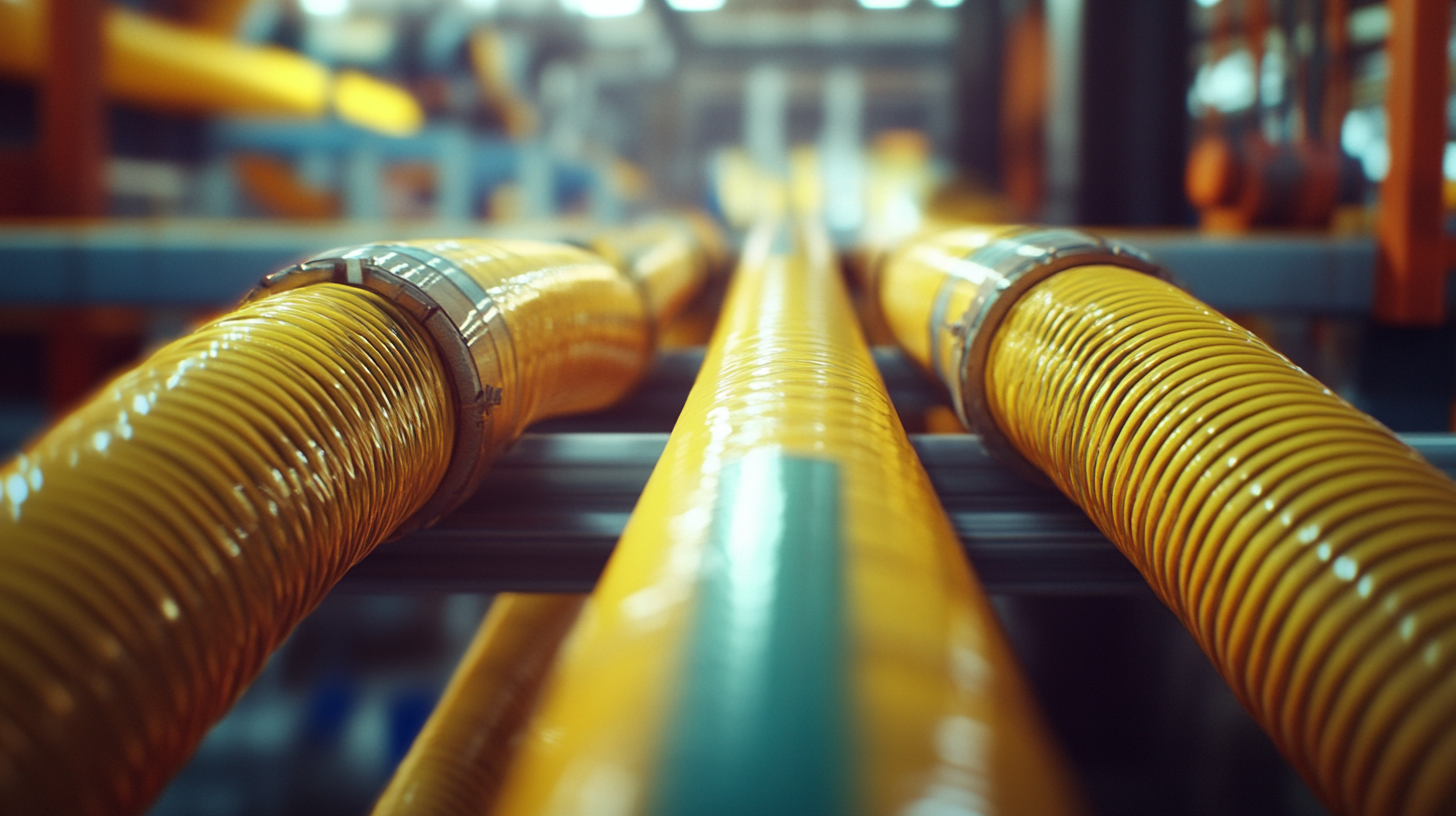
Common Mistakes to Avoid When Selecting Gate Hoses
When selecting gate hoses for industrial operations, avoiding common mistakes can significantly improve efficiency and reduce costs. One prevalent error is neglecting the specifications of the hose material. According to a study by the Hose Manufacturers Association, over 30% of operational delays are attributed to incorrect material selection. For instance, using hoses that are not resistant to specific chemicals may lead to premature failure, costing businesses both time and money in repairs and replacements.
Another mistake often encountered is underestimating the flow rate requirements. The Hydraulic Institute reports that improper sizing can result in decreased performance and increased energy consumption, leading to inefficiencies. It is crucial to accurately assess the required flow rate to ensure that the hoses selected can handle the operations without causing disruptions.
Additionally, many companies overlook the importance of compatibility with existing systems. A survey conducted by the Industrial Hose Association found that 25% of businesses experienced operational failures due to mismatched connections and fittings. A thorough review of existing equipment and alignment with gate hose specifications can prevent costly downtime and enhance overall productivity.
Best Practices for Maintaining and Replacing Gates Hoses
When it comes to maintaining optimal performance in operations, the selection and upkeep of hoses play a pivotal role. Gates hoses, known for their reliability and durability, require careful attention to ensure they meet the demands of various applications. Best practices for maintaining these hoses involve regular inspections, prompt replacements when wear is detected, and adherence to manufacturer guidelines. This proactive approach not only prevents unexpected breakdowns but also ensures the safety and efficiency of operations.
For instance, frequent checks for signs of abrasion, swelling, or other forms of deterioration can help identify issues before they lead to significant failures. Additionally, maintaining the correct pressure levels and avoiding kinks in the hoses are critical to extending their lifespan. Operators should also stay informed about the specific operating conditions these hoses face, as environmental factors can significantly affect their performance.
When it comes to replacements, it’s essential to select hoses that are not only compatible with existing systems but also tailored for the specific fluids and pressures involved. Investing in high-quality replacement hoses can mitigate long-term operational challenges. Just like Storm Water Operations managing the intricacies of a city's stormwater systems, a well-planned strategy for maintaining and replacing hoses is integral to keeping operations flowing smoothly.
Developed and Managed byInfocom Network Private Limited.
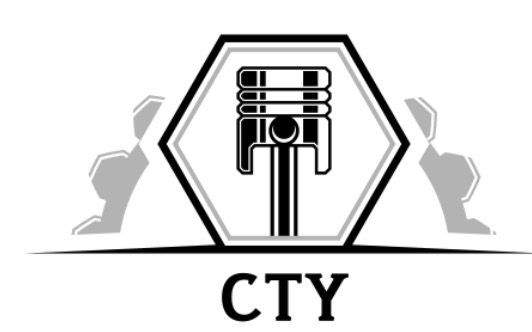
 Send Inquiry
Send Inquiry

